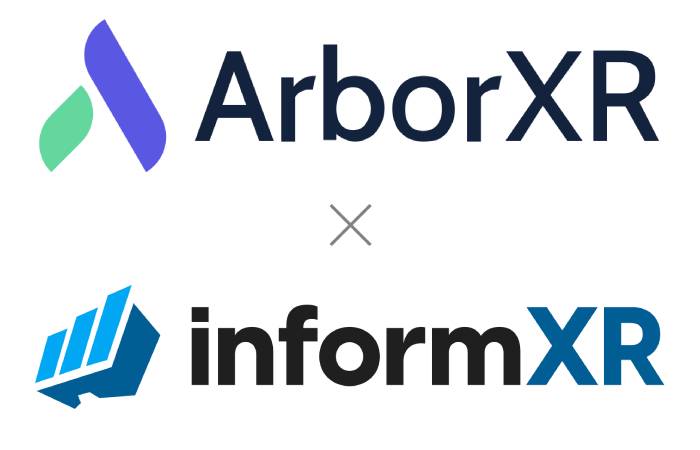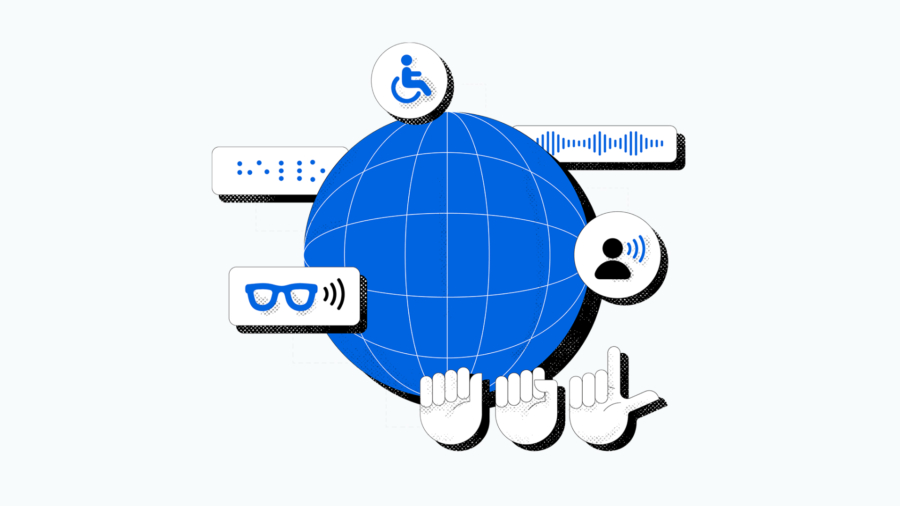In a world where attention spans are shrinking and digital fatigue is real, simply delivering content won’t cut it. Today’s learners crave purpose, recognition, and fulfilment — all while being actively engaged. That’s where Gamified Learning, rooted in Maslow’s timeless theory of motivation, comes into play. Gamified Learning plays a pivotal role by mapping directly to Maslow’s Hierarchy of Needs, which is centered on human motivation. It doesn’t just capture attention, it’s a strategic approach to increasing learner engagement and guiding individuals up the motivational pyramid, from foundational connection to peak performance and personal growth.
Gamification is more than just points and badges. It is a psychological design strategy that leverages intrinsic and extrinsic motivators such as achievement, recognition, competition, and purpose to make learning more engaging, effective, and scalable.
According to a 2025 Research and Markets report, the global Gamified Learning market is expected to reach $27.11 billion, growing at an impressive 23.2% annually. The message is clear: organizations are investing heavily in Gamified Learning to drive employee engagement, knowledge retention, and overall performance. But what truly makes Gamified Learning effective? The answer lies in viewing it through Maslow’s lens — one need at a time.
Through Maslow’s Lens
Gamification first addresses the foundational need for belonging and social connection. By fostering a sense of community and shared purpose, it fulfills the human desire for connection, collaboration, and recognition. Elements such as challenges, progressively leveled games, leaderboards, and achievement badges give learners a sense of progress and accomplishment. These mechanisms encourage camaraderie and shared learning, helping employees stay connected and invested in the training process. For instance, gamified hackathons or cross-functional learning sprints in IT companies promote teamwork and knowledge exchange while encouraging individuals to push their boundaries and become the best versions of themselves.
Once learners feel connected and included, they begin to seek recognition and mastery — moving into Maslow’s next tier, the esteem needs. This stage is driven by the need for achievement, status, and competence. One of the most powerful drivers of engagement is the desire to be acknowledged for progress. Gamified Learning experiences cater to this by providing immediate feedback on performance. Learners can correct mistakes in real time, gain confidence through measured success, and feel a growing sense of competence. For example, in the manufacturing sector, where operators are often required to undergo safety training through traditional manuals, gamified modules offer interactive scenarios that provide instant feedback. These simulations help learners retain knowledge more effectively and feel a greater sense of control and accomplishment. In addition, Learning Management Systems (LMS) track learner progress and provide detailed insights that help employees understand how far they’ve come and where they need to improve — reinforcing a sense of mastery and recognition.
As foundational and esteem needs are satisfied, learners naturally seek cognitive stimulation and opportunities for growth. This next level of the hierarchy is characterized by the desire for curiosity, mental engagement, and problem-solving. Gamified learning addresses this by offering scenario-based challenges, spaced repetition to support long-term memory, and adaptive content that adjusts difficulty based on individual performance. This creates a learning environment that is both stimulating and responsive. For instance, employees working in dynamic fields such as healthcare, pharma, or compliance must regularly update their knowledge to remain effective. Gamified flashcards, timed quizzes, and simulated decision-making environments allow them to sharpen their expertise in a safe, controlled setting. These real-world simulations make learning both engaging and practical, keeping employees mentally invested in their self-improvement journey.
At the top of Maslow’s hierarchy lies Self-Actualization — the drive to grow, create, and become one’s best self. Gamified Learning supports this through highly personalized learning paths, powered by Artificial Intelligence (AI), that adapt to each learner’s pace, strengths, and progress. Advanced levels, self-directed content, and immersive AR/VR simulations empower learners to engage in deep skill application and creative problem-solving. Here, learners are not just being trained — they are being transformed. They become autonomous, purpose-driven individuals, striving for mastery and meaning in their professional lives. AI-driven platforms further enhance this by continuously curating content, adjusting complexity in real time, and encouraging continual growth based on behavioral patterns and learner preferences.
The Future of Gamified Learning in L&D Strategy
As intelligent technologies evolve and learner expectations rise, Gamified Learning is entering a new era. The future of learning is not just digital — it is intelligent and immersive. Artificial Intelligence will continue to shape the landscape by enabling real-time personalization of content, adjusting pace and format to suit individual learning curves. Meanwhile, Immersive Technologies like Augmented and Virtual Reality will deliver hyper-realistic simulations that mirror actual workplace scenarios, providing hands-on practice without real-world risks. Predictive Analytics will also play a significant role in guiding learning journeys, offering insights into learner behavior and suggesting interventions to optimize performance.
In response to these shifts, Learning and Development (L&D) must evolve from mere content delivery to experience design — where emotional engagement, psychological motivation, and data-driven decision-making intersect.
Summing Up
Gamification is where engagement meets purposeful learning. When designed with psychological intent, gamified learning satisfies every level of human motivation, transforming passive training into an immersive and fulfilling journey. It’s no surprise that over 70% of top global enterprises have made gamified learning a strategic component of their L&D frameworks. To future-proof your workforce, organizations must rethink how they design training — through the lens of human psychology — and begin where all great experiences start: with the game.
Optimizing ROI by Meeting Every Level of the Pyramid
Gamified Learning is not just an engaging methodology; it is a tool for organizational transformation. When aligned with the full spectrum of human needs, it elevates training from a checkbox exercise to a journey of mastery and meaning. By fostering connection through collaborative challenges, recognizing progress through timely feedback and meaningful rewards, stimulating curiosity through adaptive and problem-solving quests, and empowering continuous learning through personalized simulations, gamification becomes more than just a strategy — it becomes a growth engine.
So, whether you’re reimagining onboarding or upskilling strategies, don’t just start with content. Start with the game — and design for the human mind.
Quelle:






